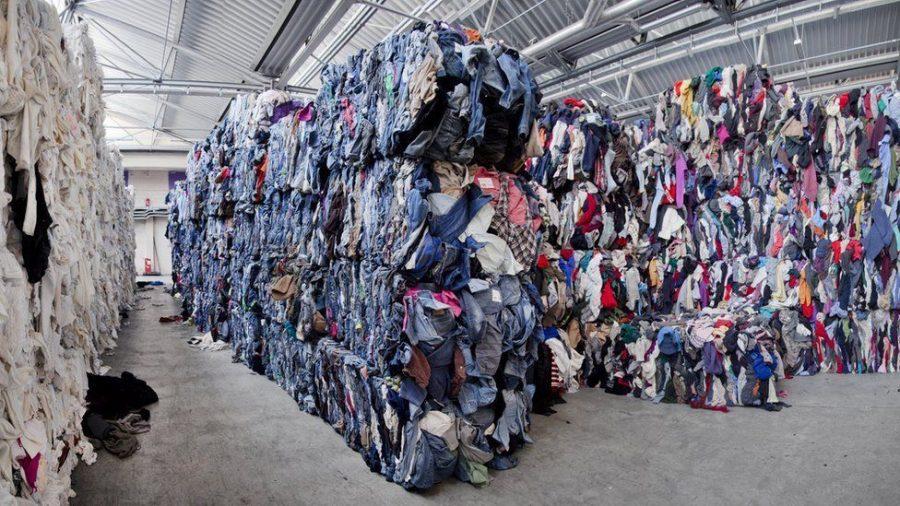The idea of “fast fashion” has become increasingly popular in discussions about fashion, innovation, and environmental awareness. Like its name, fast fashion is a design, production, and marketing method for processing large quantities of clothes quickly. To offer low-cost designs to the public, garment manufacturing uses pattern reproduction and low-quality fabrics.
Fast fashion apparel stores such as Zara, Forever 21, and H&M provide inexpensive and trendy clothing, but at a high expense. According to the United Nations Environment Program, the garment sector consumes the second-largest amount of water and emits 8-10% of global carbon dioxide, which is more than both international flights and marine ships combined.

Fast fashion creates social issues, especially in developed countries. According to the non-profit Remake, young women between the ages of 18 and 24 make up 80% of all clothing. Forced and child labor was discovered in the garment industry in Argentina, Bangladesh, Brazil, China, India, Indonesia, the Philippines, Turkey, Vietnam, and other countries, according to a study released by the US Department of Labor in 2018. Processing is completed quickly. Rapid production means that sales and profits supersede human welfare.
Fashion production accounts for 10% of overall global carbon emissions, about the same as the European Union. It depletes water supplies and pollutes rivers and lakes, while 85 percent of all textiles end up in landfills annually. In fact, just washing clothes releases 500,000 tons of microfibers into the ocean each year, which is about 50 billion plastic bottles.
The addition and increase of mass clothing production do not at all positively contribute to the environment. At first, the idea of being able to own a variety of clothes all at an affordable price is very tempting. Clothes can be tossed without much thought because of the cheap price. If more people use money out of their pockets to pay for mass-produced clothing, the companies will feel the need to produce, even more, putting the environment at high risk.
There are many alternatives to purchasing mass-produced clothing. Shopping at local thrift stores, perusing online for used clothes, and exchanging clothes between friends and family are all great ways to get ahold of cheap clothing. Essentially, reusing clothes from other people can give them another life. Instead of ending up in a landfill, where it will do harm to the environment, clothes can be passed around and even transformed into different clothing with a little handwork.
Fast fashion can be very damaging to the environment and even people. As major brands and stores start mass-producing clothes, it can tempt many people. However, this issue can easily be avoided if people reuse and donate clothes that they no longer need. If more and more people catch up to this trend, the environment will see a major improvement and potentially reduce the percentage of waste put in landfills each year.




































